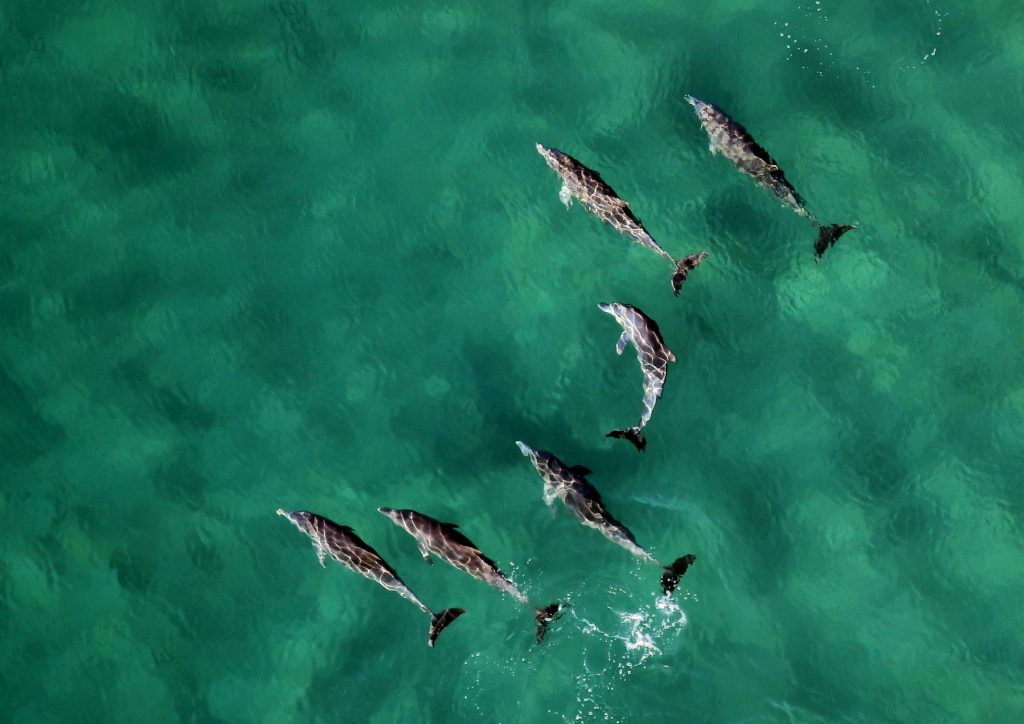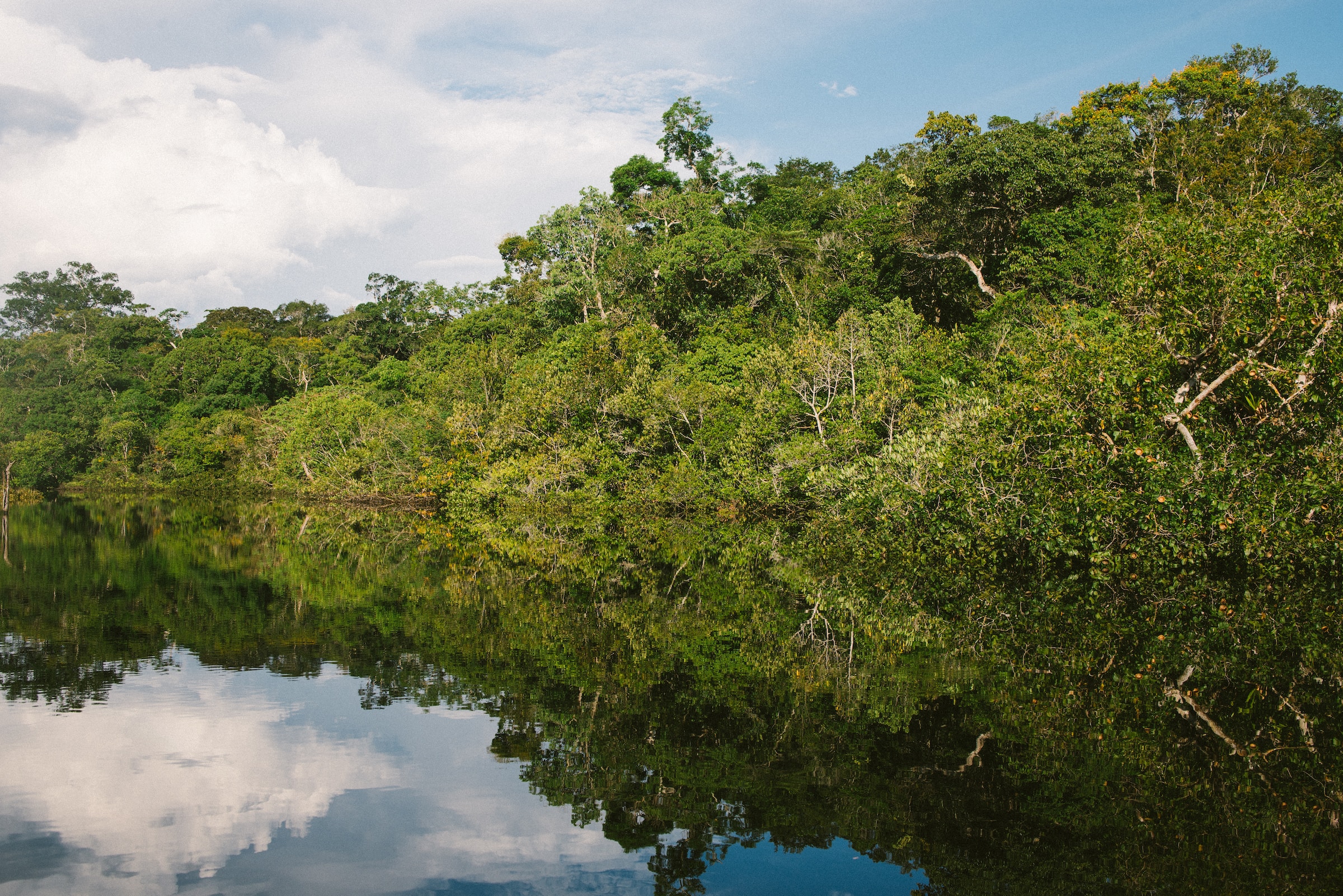
Dolphin Deaths in Amazon: A Climate Catastrophe?
TEFE, BRAZIL — An alarming discovery in the tributaries of the Amazon River has thrown light on the growing ecological disaster in the region. Over the past week, 120 carcasses of river dolphins have been found, sparking concerns over the survival of these unique mammals, and pointing to the broader issue of climate change and its disastrous impacts on freshwater ecosystems.
The Disturbing Find
The unique pink and grey dolphins of the Amazon, locally referred to as ‘boto’ and ‘tucuxi’, are uncommon sights in freshwater ecosystems worldwide. These creatures, which are already flagged on the International Union for Conservation of Nature’s endangered list, have experienced a significant decline. Recent findings from Brazil’s Mamiraua Institute indicate that “around 10% of the pink dolphins in Lake Tefe might have been lost.” Such a substantial decrease could further endanger this already vulnerable species. Miriam Marmontel, a leading scientist at the Mamiraua Institute, expressed her deep concerns, stating, “A 10% reduction is alarmingly significant. If this trend continues, the species’ existence in Lake Tefe could be at stake.”
Unraveling the Mystery Behind the Deaths
While the exact cause behind this mass mortality is yet to be definitively identified, prevailing theories point to the recent extreme temperatures in the Tefe Lake region. Over the last week, water temperatures soared to a shocking 39°C (102°F), a staggering 10 degrees above the average for this season.
Although researchers are considering other potential causes, such as bacterial infections, the timing of the dolphin deaths, coinciding with the temperature spike, offers a grim clue.
Adding to the evidence, thousands of fish have also succumbed to the adverse conditions, further emphasizing the temperature’s potential role in this ecological disaster.

Climate Change: The Invisible Culprit
Environmental activists and experts are pointing fingers at the larger looming threat: climate change. As the world grapples with rising temperatures, droughts, and heatwaves, regions like the Amazon are facing the brunt of these climatic shifts. The extreme conditions are not only a threat to the aquatic life but also jeopardize the livelihoods and lifestyles of the riverside communities.
Ayan Fleischmann, the geospatial coordinator at the Mamiraua Institute, remarked on the devastating impact of the drought on the Amazon’s human population. “Many communities are becoming isolated, without access to good quality water or the river, which is their main means of transportation,” he stated.
Nicson Marreira, the mayor of Tefe, further highlighted the crisis, explaining how his government struggles to deliver essential supplies to isolated communities due to drying rivers.
The Way Forward
As veterinarians and aquatic mammal experts rush to the scene to rescue the remaining dolphins, a larger conversation emerges. The recent events in the Amazon sound a clear warning bell about the urgency of global climate action.
The plight of the dolphins is a symbol of the intricate web of life that’s being altered by human-induced climate change. The world will be watching closely as further investigations unfold, but one thing is certain: these events underscore the pressing need for global efforts to combat climate change and preserve the delicate balance of our planet’s ecosystems.
©eco-guardians.org